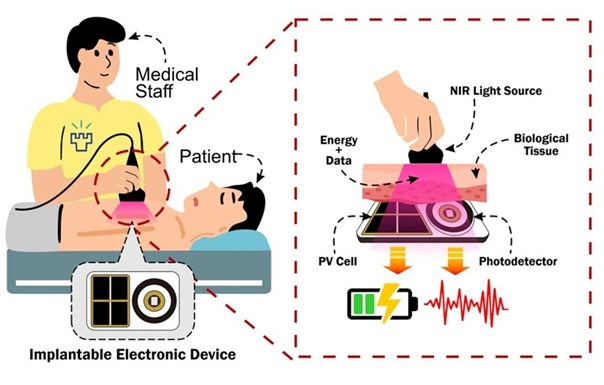Wearable Technology Helps Monitor Babies Health
|
By HospiMedica International staff writers Posted on 25 Jan 2018 |

Image: A prototype flexible sensing element filled with graphene emulsion (Photo courtesy of the University of Sussex).
Functional liquid structures could soon be used to develop wearable health technologies, such as baby sleep suits.
Under development by researchers at the University of Sussex (Brighton, United Kingdom) and the University of Brighton (United Kingdom), the functional liquid structures are created by emulsification of graphene (or other two-dimensional nanomaterials) in water and oil to create functional macroscopic assemblies. Due to the liquid-phase exfoliation of the graphene, the liquid structures exhibit electrical conductivity by inter-particle tunneling. Graphene liquid technology is so sensitive, that when a channel or tube holding the liquid is stretched, even by a small amount, the conductivity of the liquid changes.
The technology opens the way for a range of wearable, flexible, liquid sensors, such as a strain sensing application. With a large gauge factor of around 40--the highest reported in a liquid--the sensors could be integrated into 'fitness tracker'-like bands, or even embedded within the fabric of a sensor vest in order to measure respiration rates and movement. The unobtrusive sensors could also be used for anyone with life-threatening conditions such as sleep apnea. In addition, because graphene is cheap to produce, the new breakthrough should be affordable. The study was published on January 9, 2018, in Nanoscale.
“What we've done is similar to how you might make a salad dressing; by shaking together water and oil, you make tiny droplets of one liquid floating in the other because the two don't mix,” said lead author Matthew Large, PhD, of the University of Sussex. “Normally, the droplets would all collect together and the liquids separate over time, like the droplets in a lava lamp. We've resolved this by putting graphene in. The graphene, which is an atom thick, sits at the surface of the droplets and stops them from coalescing.”
“What's quite exciting about this new type of conductive liquid is how sensitive it is to being stretched. When the graphene particles are assembled around the liquid droplets electrons can hop from one particle to the next; this is why the whole liquid is conductive,” concluded Dr. Large. “When we stretch our sensors we squeeze and deform the droplets; this moves the graphene particles further apart and makes it much harder for the electrons to hop across the system. The sensitivity of this new kind of strain sensor is actually much higher than a lot of existing technologies, and it is the most sensitive liquid-based device ever reported by quite a significant margin.”
Graphene is a monolayer atomic-scale honeycomb lattice of carbon atoms which combines the greatest mechanical strength ever measured in any material (natural or artificial) with very light weight and high elasticity. It also has unique optical and photothermal properties that allow it to release energy in the form of heat in response to light input, and very high electrical conductivity. Andre Geim and Kostya Novoselov of the University of Manchester (United Kingdom) were awarded the Nobel Prize in Physics in 2010 for its development.
Related Links:
University of Sussex
University of Brighton
Under development by researchers at the University of Sussex (Brighton, United Kingdom) and the University of Brighton (United Kingdom), the functional liquid structures are created by emulsification of graphene (or other two-dimensional nanomaterials) in water and oil to create functional macroscopic assemblies. Due to the liquid-phase exfoliation of the graphene, the liquid structures exhibit electrical conductivity by inter-particle tunneling. Graphene liquid technology is so sensitive, that when a channel or tube holding the liquid is stretched, even by a small amount, the conductivity of the liquid changes.
The technology opens the way for a range of wearable, flexible, liquid sensors, such as a strain sensing application. With a large gauge factor of around 40--the highest reported in a liquid--the sensors could be integrated into 'fitness tracker'-like bands, or even embedded within the fabric of a sensor vest in order to measure respiration rates and movement. The unobtrusive sensors could also be used for anyone with life-threatening conditions such as sleep apnea. In addition, because graphene is cheap to produce, the new breakthrough should be affordable. The study was published on January 9, 2018, in Nanoscale.
“What we've done is similar to how you might make a salad dressing; by shaking together water and oil, you make tiny droplets of one liquid floating in the other because the two don't mix,” said lead author Matthew Large, PhD, of the University of Sussex. “Normally, the droplets would all collect together and the liquids separate over time, like the droplets in a lava lamp. We've resolved this by putting graphene in. The graphene, which is an atom thick, sits at the surface of the droplets and stops them from coalescing.”
“What's quite exciting about this new type of conductive liquid is how sensitive it is to being stretched. When the graphene particles are assembled around the liquid droplets electrons can hop from one particle to the next; this is why the whole liquid is conductive,” concluded Dr. Large. “When we stretch our sensors we squeeze and deform the droplets; this moves the graphene particles further apart and makes it much harder for the electrons to hop across the system. The sensitivity of this new kind of strain sensor is actually much higher than a lot of existing technologies, and it is the most sensitive liquid-based device ever reported by quite a significant margin.”
Graphene is a monolayer atomic-scale honeycomb lattice of carbon atoms which combines the greatest mechanical strength ever measured in any material (natural or artificial) with very light weight and high elasticity. It also has unique optical and photothermal properties that allow it to release energy in the form of heat in response to light input, and very high electrical conductivity. Andre Geim and Kostya Novoselov of the University of Manchester (United Kingdom) were awarded the Nobel Prize in Physics in 2010 for its development.
Related Links:
University of Sussex
University of Brighton
Latest Patient Care News
- Revolutionary Automatic IV-Line Flushing Device to Enhance Infusion Care
- VR Training Tool Combats Contamination of Portable Medical Equipment
- Portable Biosensor Platform to Reduce Hospital-Acquired Infections
- First-Of-Its-Kind Portable Germicidal Light Technology Disinfects High-Touch Clinical Surfaces in Seconds
- Surgical Capacity Optimization Solution Helps Hospitals Boost OR Utilization

- Game-Changing Innovation in Surgical Instrument Sterilization Significantly Improves OR Throughput
- Next Gen ICU Bed to Help Address Complex Critical Care Needs
- Groundbreaking AI-Powered UV-C Disinfection Technology Redefines Infection Control Landscape
- Clean Hospitals Can Reduce Antibiotic Resistance, Save Lives
- Smart Hospital Beds Improve Accuracy of Medical Diagnosis
- New Fast Endoscope Drying System Improves Productivity and Traceability
- World’s First Automated Endoscope Cleaner Fights Antimicrobial Resistance
- Portable High-Capacity Digital Stretcher Scales Provide Precision Weighing for Patients in ER
- Portable Clinical Scale with Remote Indicator Allows for Flexible Patient Weighing Use
- Innovative and Highly Customizable Medical Carts Offer Unlimited Configuration Possibilities
- Biomolecular Wound Healing Film Adheres to Sensitive Tissue and Releases Active Ingredients
Channels
Critical Care
view channel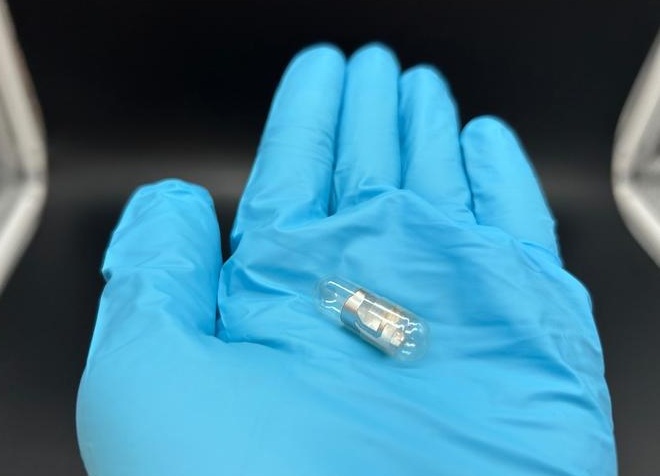
Pill Reports from Stomach When It Has Been Swallowed
Failure to take medications on time is a major challenge in healthcare and contributes to hundreds of thousands of preventable deaths and billions of dollars in avoidable costs each year.... Read more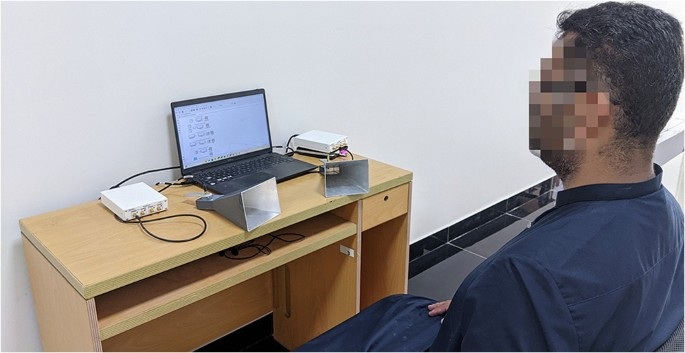
Wireless Sensing Technology Enables Touch-Free Diagnostics of Common Lung Diseases
Diagnosing lung diseases often requires physical contact, imaging scans, or specialized equipment, which can limit access in low-resource settings and increase infection risk during outbreaks.... Read more
Early Detection and Targeted Blood Purification Could Prevent Kidney Failure in ICU Patients
Acute kidney injury (AKI) is one of the most dangerous complications in intensive care units, affecting up to half of critically ill patients and sharply increasing mortality risk. A common but preventable... Read moreSurgical Techniques
view channel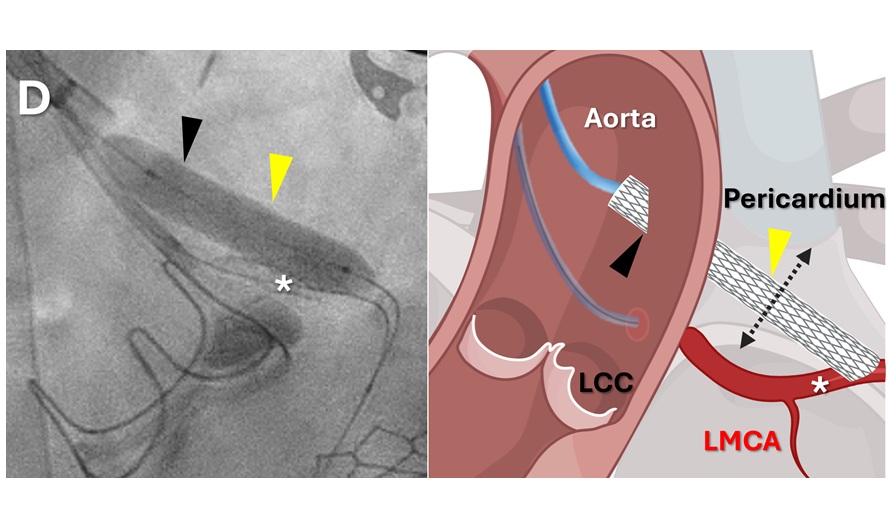
Minimally Invasive Coronary Artery Bypass Method Offers Safer Alternative to Open-Heart Surgery
Coronary artery obstruction is a rare but often fatal complication of heart-valve replacement, particularly in patients with complex anatomy or prior cardiac interventions. In such cases, traditional open-heart... Read more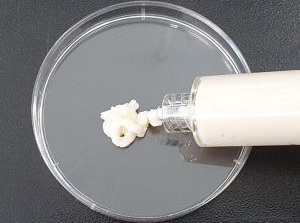
Injectable Breast ‘Implant’ Offers Alternative to Traditional Surgeries
Breast cancer surgery can require the removal of part or all of the breast, leaving patients with difficult decisions about reconstruction. Current reconstructive options often rely on prosthetic implants... Read moreHealth IT
view channel
EMR-Based Tool Predicts Graft Failure After Kidney Transplant
Kidney transplantation offers patients with end-stage kidney disease longer survival and better quality of life than dialysis, yet graft failure remains a major challenge. Although a successful transplant... Read more
Printable Molecule-Selective Nanoparticles Enable Mass Production of Wearable Biosensors
The future of medicine is likely to focus on the personalization of healthcare—understanding exactly what an individual requires and delivering the appropriate combination of nutrients, metabolites, and... Read moreBusiness
view channel
Philips and Masimo Partner to Advance Patient Monitoring Measurement Technologies
Royal Philips (Amsterdam, Netherlands) and Masimo (Irvine, California, USA) have renewed their multi-year strategic collaboration, combining Philips’ expertise in patient monitoring with Masimo’s noninvasive... Read more
B. Braun Acquires Digital Microsurgery Company True Digital Surgery
The high-end microsurgery market in neurosurgery, spine, and ENT is undergoing a significant transformation. Traditional analog microscopes are giving way to digital exoscopes, which provide improved visualization,... Read more
CMEF 2025 to Promote Holistic and High-Quality Development of Medical and Health Industry
The 92nd China International Medical Equipment Fair (CMEF 2025) Autumn Exhibition is scheduled to be held from September 26 to 29 at the China Import and Export Fair Complex (Canton Fair Complex) in Guangzhou.... Read more














